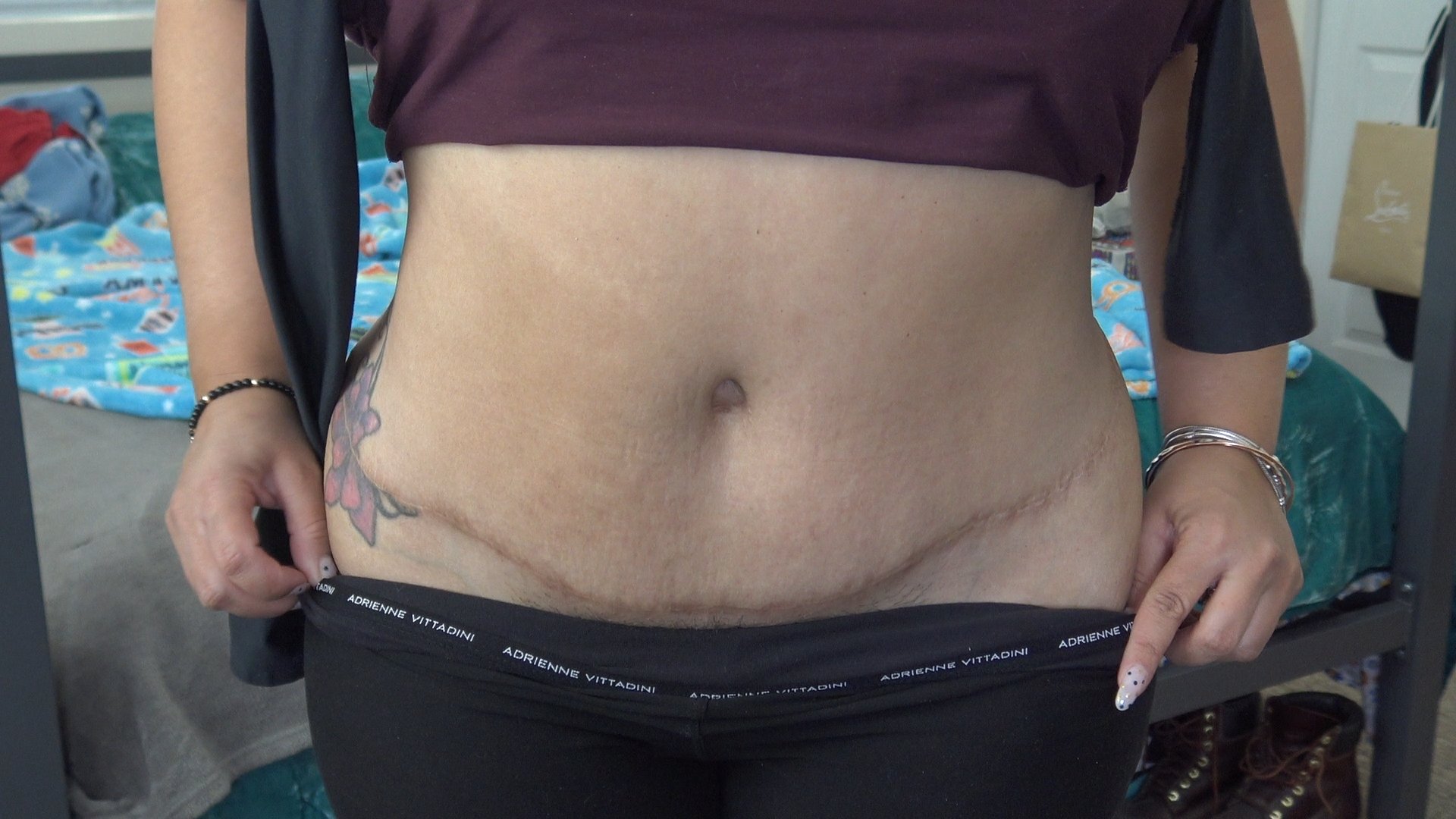Flatten the Curve: What You Need to Know About Tummy Tuck Surgery

If you’ve ever looked in the mirror and wished your stomach was a little flatter or firmer, you’re not alone. Tummy tuck surgery—also known as abdominoplasty—is one of the most popular cosmetic procedures for people looking to reclaim confidence in their midsection. Whether it's due to weight loss, pregnancy, aging, or just genetics, sometimes diet and exercise alone can’t deliver the smooth, toned stomach you're aiming for. That’s where a tummy tuck steps in.
What Is a Tummy Tuck?
A tummy tuck is a surgical procedure that removes excess skin and fat from the abdomen and tightens the underlying abdominal muscles. It’s not a weight loss surgery, but rather a body contouring treatment designed to create a firmer, flatter abdominal profile.
There are different types of tummy tucks, including:
-
Full tummy tuck: Targets the entire abdominal area, often including repositioning the belly button.
-
Mini tummy tuck: Focuses on the lower belly, below the navel, with a smaller incision and quicker recovery.
-
Extended tummy tuck: Includes the flanks (love handles) and sometimes the lower back.
Who’s a Good Candidate?
You may be a good candidate for a tummy tuck if you:
-
Have loose or sagging skin around your stomach
-
Have weakened or separated abdominal muscles (common after pregnancy)
-
Are at a stable weight
-
Do not plan on becoming pregnant again
-
Are in good overall health and have realistic expectations
The Procedure
Tummy tuck surgery is typically performed under general anesthesia and can take anywhere from 2 to 4 hours, depending on the complexity. During the surgery, your surgeon makes a horizontal incision along the lower abdomen, removes excess skin and fat, and tightens the muscles. In some cases, liposuction is used alongside the procedure to enhance results.
Recovery Time
Recovery varies by individual, but you can generally expect:
-
1–2 weeks of downtime
-
Swelling and soreness for a few weeks
-
Compression garments to support healing
-
Final results in 3–6 months
Most people return to light activities within 2 weeks and more intense exercise after 6–8 weeks (with your surgeon’s OK).
Risks & Considerations
Like any surgery, a tummy tuck carries some risks, such as:
-
Infection
-
Scarring
-
Fluid buildup
-
Changes in skin sensation
That’s why it’s crucial to choose a board-certified plastic surgeon with experience in body contouring procedures.
The Results
The best part? Tummy tuck results are long-lasting—especially if you maintain a healthy lifestyle. Many patients report improved posture, a boost in self-confidence, and motivation to stay active after the procedure.
Final Thoughts
A tummy tuck isn’t just about aesthetics—it’s about feeling good in your own skin. Whether you’re bouncing back from pregnancy, massive weight loss, or just ready for a change, this surgery can be a transformative step. Always consult with a qualified plastic surgeon to discuss your goals and decide if it’s the right option for you.




